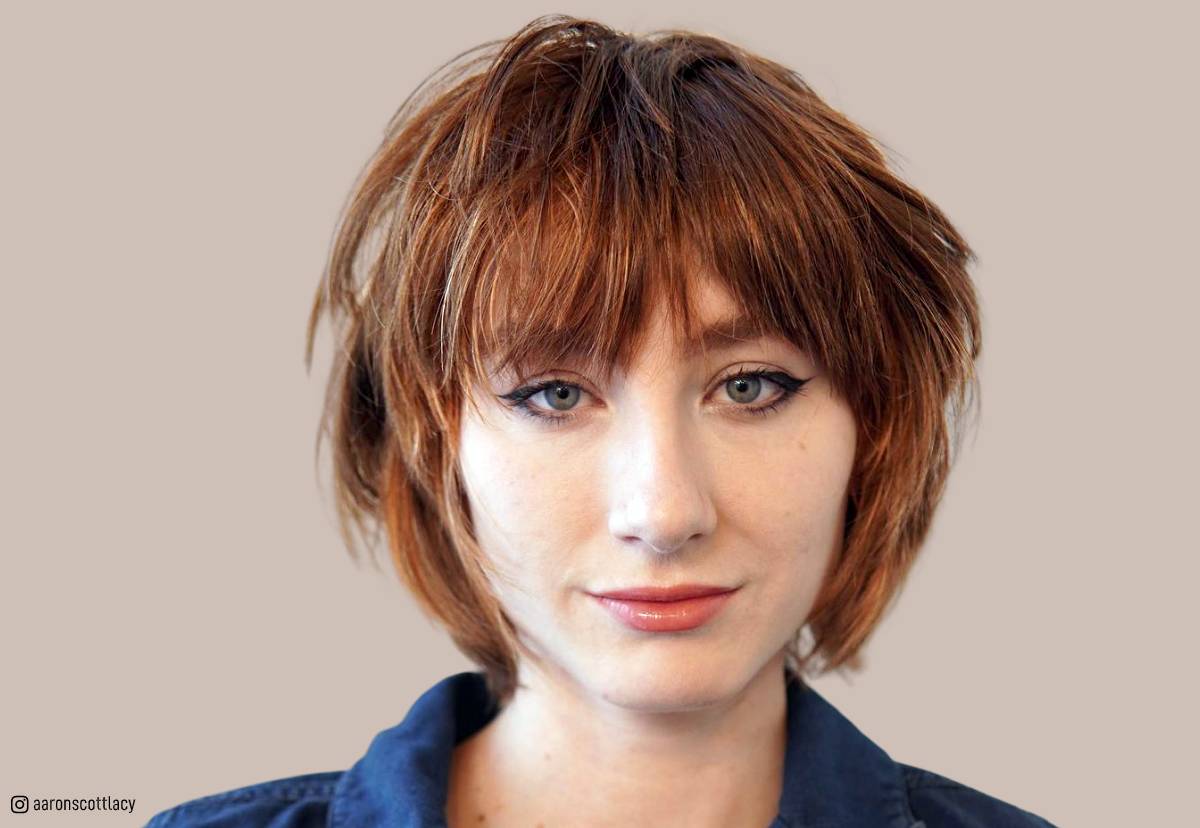How to Clean a Hairbrush in 5 Simple Steps and Why You Should
Regular maintenance and cleaning of your hairbrush are essential for both the health of your hair and the longevity of the brush. This article will walk you through five simple steps on how to clean your hairbrush and will also explain why this task should be a part of your regular hair care routine.
Importance of Cleaning a Hairbrush
Before we dive into the cleaning process, let’s understand why it’s crucial to keep your hairbrush clean.
1. **Prevents Redistribution of Oil and Debris**: A dirty hairbrush can redistribute old hair product, oil, and dust back into your clean hair. This counteracts the benefits of washing your hair and can leave your locks looking dull and lifeless.
2. **Prevents Scalp Irritation**: Old product buildup on your hairbrush can irritate your scalp. Regular cleaning helps prevent this issue and keeps your scalp healthy.
3. **Extends the Life of the Brush**: Over time, debris can damage a hairbrush, affecting its ability to properly detangle and style your hair. Regular cleaning removes this damaging debris and extends the life of your hairbrush.
4. **Prevents Spread of Scalp Conditions or Pests**: If you share a hairbrush with others, cleaning it is essential to prevent the spread of scalp conditions or pests like lice.
5. **Improves Brush Performance**: A clean hairbrush performs better. It effectively detangles and styles your hair, improving the overall look and health of your locks.
Now that we understand the importance of maintaining a clean hairbrush, let’s move on to the cleaning process.
Cleaning Your Hairbrush in 5 Simple Steps
The following steps outline a general approach to cleaning hairbrushes. Please note that the cleaning method can vary slightly based on the type of brush you have【7†source】【8†source】.
Step 1: Remove all the Hair**
Manually remove any hair lodged in your brush by pulling out what you can by hand. Then, use the end of a comb, a bamboo skewer, or tweezers to remove any remaining strands. If hair build-up is particularly bad, use a pair of scissors to cut away the excess.
Step 2: Pick your Cleanser**
Just as it works to clean your hair, a gentle shampoo can also thoroughly cleanse brushes. Avoid any harsh detergents, especially if cleaning a natural-bristle brush, which might damage your hair tools. Alternatively, a couple of teaspoons of baking soda will also gently cleanse while lifting away dirt and debris.
Step 3: Use Warm Water**
Using warm, not hot, water, fill a medium-sized bowl and add your chosen detergent.
Step 4: Don’t Skip the Details**
After cleansing your brush according to its type and what it is made of, if dirt remains, use a toothbrush soaked in your cleaning solution to gently remove the rest. There are also special brush cleaners of different shapes available in the market.
Step 5: Dry Brush Carefully**
Finally, dry carefully, laying the brushes with their bristles down on a paper or hand towel, before letting them dry overnight to make sure all moisture is gone.
Cleaning Different Types of Hairbrushes
Different types of hairbrushes may require slightly different care. Whether it’s plastic, metal, or natural material, the type of brush will dictate exactly how it needs to be cleansed and how to avoid damaging it【8†source】.
Frequency of Cleaning
How often you should clean your hairbrush depends on several factors, including what it’s made of, how much product you tend to use, and whether you have any other hair issues like dandruff or head lice.
For all brush types, make sure to manually remove hair buildup at least once a week to help reduce product buildup and to give your brush the best chance of detangling and smoothing hair. For plastic, nylon, or metal brushes, aim to wash them once a month. If your hair is prone to product buildup, increase this frequency to once every three weeks. For boar bristles and wooden brushes, cleanse every other month to avoid damaging the tool itself. If you use a lot of products in your hair, however, wash these brushes every six weeks【9†source】.
For scalp conditions like dandruff, keeping brushes clean of lint, dirt, and oil is especially important to avoid irritating sensitive skin further and to prevent the buildup of yeast, which can exacerbate the condition. For brushes used by people with dandruff, clean them more often than normal — around every two weeks for plastic, nylon, or metal brushes, or once a month for boar bristle or wooden brushes. Consider using an anti-dandruff shampoo containing anti-fungal ingredients, such as tea tree oil, to limit yeast and bacteria growth when cleaning these brushes【10†source】.
Finally, if you or someone in your household has had head lice, take special steps to clean the brush thoroughly to avoid spreading lice and their eggs farther. Place brushes in hot (not boiling) water for at least 15 minutes to kill any remaining bugs without damaging the tool itself. Alternatively, remove hair from the brush and place it in a sealed bag in the freezer for at least 12 hours. After killing all the lice, cleanse the brush as normal, according to its type using the guide above【11†source】.
In conclusion, cleaning your hairbrush is a simple and effective way to maintain the health of your hair and the effectiveness of your hair tools. By incorporating this task into your regular hair care routine, you can ensure your locks look their best and that your tools last as long as possible.

Different Kinds of Hairbrushes
Hairbrushes come in a variety of designs, each serving a specific purpose or hair type. Understanding the different types of hairbrushes can help you select the right one for your hair care needs. Here are some common types of hairbrushes:
- Paddle Brushes: Paddle brushes are wide, flat brushes that are great for detangling and smoothing hair, making them particularly suitable for long and straight hair. They can also be used for blow drying hair straight due to their wide surface area.
- Round Brushes: Round brushes are excellent for adding volume and creating a blowout effect. They come in various sizes, with smaller diameters for creating tighter curls and larger ones for loose waves and volume.
- Bristle Brushes: Bristle brushes, which can include natural (often boar) or synthetic bristles, are ideal for smoothing hair, distributing oils evenly along the strands, and enhancing shine. They’re especially beneficial for fine to medium hair types.
- Detangling Brushes: Detangling brushes, often made with flexible plastic bristles of various lengths, are designed to gently remove knots and tangles without causing damage or breakage. They are perfect for all hair types, including curly and coily hair.
- Teasing Brushes: Teasing brushes, characterized by their narrow design and closely packed bristles, are used to add volume by creating a backcombing effect at the roots.
- Vented Brushes: Vented brushes have spaces between their bristles to allow air to flow through, which can speed up drying time when used with a blow dryer. They are suitable for various hair types and lengths.
- Wide-Toothed Combs: These are not exactly brushes, but they’re an essential hair tool, especially for those with curly or coily hair. A wide-toothed comb helps detangle hair and distribute conditioner evenly without causing frizz or breakage.
Remember, each type of brush may require a slightly different cleaning method, so be sure to take care of your hair tools according to their specific needs1.
FAQs
- Why is it important to clean a hairbrush? Regularly cleaning your hairbrush helps to remove hair, oil, product build-up, and dead skin cells, which can otherwise be redistributed onto your clean hair when you brush it.
- How often should I clean my hairbrush? It’s generally recommended to clean your hairbrush once a week, but the frequency may vary depending on how often you use your brush and the type of hair products you use.
- What materials do I need to clean a hairbrush? You’ll need a pair of scissors or a hairbrush cleaner tool, warm water, gentle soap or shampoo, an old toothbrush, and a towel for drying.
- Can I clean all types of hairbrushes with the same method? Most brushes can be cleaned using the same basic method, but some materials, like wooden handles or natural bristles, might need special care. Always check the manufacturer’s instructions if you’re unsure.
- Can I dry my hairbrush with a hairdryer? It’s best to let your brush air dry to prevent damage to the bristles or handle. If you’re in a rush, you can gently blot it with a towel to speed up the process.
- What should I do if my hairbrush is extremely dirty? If your brush is very dirty, you might need to repeat the cleaning process a few times, or consider replacing it if it’s heavily damaged or worn out.
- Can I use the same cleaning method for combs? Yes, this cleaning method can also be used for combs. However, since combs are usually simpler and less delicate, they might not need as much care as brushes.
- What if I use a lot of product in my hair? If you use a lot of hair products, your brush might accumulate build-up more quickly. You might need to clean it more often, and you might need to use a bit more soap or shampoo during the cleaning process.
- Can I clean my hairbrush with vinegar? Yes, vinegar can be used as a natural alternative to soap or shampoo for cleaning your hairbrush. Just be sure to rinse it thoroughly to avoid leaving any residue.
- Is there a way to prevent my hairbrush from getting dirty quickly? One way to keep your brush cleaner for longer is to make sure your hair is clean before you brush it. Also, removing hair from the brush after each use can help prevent build-up.


